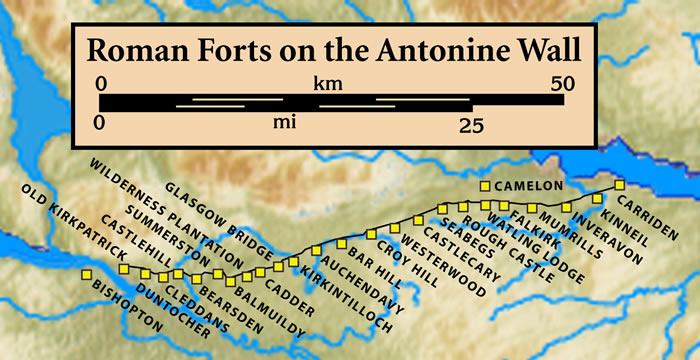Glasgow Cathedral, also known as St Mungo’s Cathedral, is a stunning medieval building situated in Glasgow, Scotland. It’s a remarkable example of Gothic architecture and has been a symbol of faith and tradition for centuries.
Let’s take a closer look at the history and significance of this magnificent cathedral.
Glasgow Cathedral History
Glasgow Cathedral has a rich and fascinating history that dates back to the 12th century. It’s dedicated to St Mungo, who was a bishop and patron saint of Glasgow. The cathedral was built on the site where St Mungo is said to have founded a religious community in the 6th century.
The cathedral has undergone many changes over the years. It was initially built as a Roman Catholic church but became a Protestant church during the Reformation in the 16th century.
It was later used as a meeting place for the General Assembly of the Church of Scotland. In 1888, the cathedral was restored to its original medieval appearance.
Glasgow Cathedral is not only a place of worship but also a popular tourist attraction. It’s a must-visit destination for those interested in history and architecture. It’s a beautiful example of Gothic architecture and boasts intricate details, stunning stained glass windows, and stunning stonework.
Is Glasgow Cathedral the Oldest Building in Glasgow?
Glasgow Cathedral is one of the oldest buildings in Glasgow. It was built in the 12th century, and its construction continued through the 13th, 14th, and 15th centuries. It’s considered one of the four surviving medieval buildings in Glasgow, along with Provand’s Lordship, the Tollbooth Steeple, and the Tron Kirk.
When Was Glasgow Cathedral Built?
Glasgow Cathedral was built between the 12th and 15th centuries. It’s a remarkable example of Gothic architecture and features intricate stonework and stunning stained glass windows. The cathedral was built as a Roman Catholic church, but it later became a Protestant church during the Reformation in the 16th century.
Four Surviving Medieval Buildings in Glasgow
As mentioned earlier, Glasgow Cathedral is one of the four surviving medieval buildings in Glasgow. The others are Provand’s Lordship, which is the oldest house in Glasgow, the Tollbooth Steeple, and the Tron Kirk. These buildings are significant landmarks in Glasgow and provide insight into the city’s rich history.
St Mungo, St Kentigern, and St Andrew
St Mungo, also known as Saint Kentigern, is the patron saint of Glasgow. He is said to have founded a religious community on the site where Glasgow Cathedral now stands in the 6th century. St Mungo’s remains are said to be buried in the cathedral’s crypt.
St Kentigern was a bishop and missionary who played a significant role in the spread of Christianity in Scotland. St Andrew, the patron saint of Scotland, is also commemorated in Glasgow Cathedral. The cathedral’s stunning stained glass windows depict scenes from the lives of these saints.
Lower Church and Cathedral Square
Glasgow Cathedral is divided into two parts: the upper church and the lower church. The lower church is where St Mungo’s tomb is located, and it’s a stunning example of Romanesque architecture. It’s also home to the Cathedral Museum, which displays artefacts related to the cathedral’s history.
Cathedral Square is the area around Glasgow Cathedral, and it’s a popular gathering place for locals and tourists alike. It’s a bustling area with cafes, restaurants, and shops, and it’s a great place to take in the stunning architecture of the cathedral and surrounding buildings.
Historic Scotland
Glasgow Cathedral is managed by Historic Scotland, an executive agency of the Scottish Government responsible for safeguarding the country’s historic environment.
Historic Scotland manages over 300 historic sites and buildings in Scotland, including castles, abbeys, and museums.
Is Glasgow Catholic or Protestant?
Glasgow is a city with a rich religious history, and both Catholicism and Protestantism have played significant roles in the city’s development. Glasgow Cathedral was originally built as a Roman Catholic church, but it became a Protestant church during the Reformation in the 16th century. Today, Glasgow is a diverse and multicultural city, with many different religions and beliefs represented.
Conclusion
Glasgow Cathedral is a stunning example of Gothic architecture and a symbol of faith and tradition in Scotland. Its rich history and stunning architecture make it a must-visit destination for those interested in history and culture.

